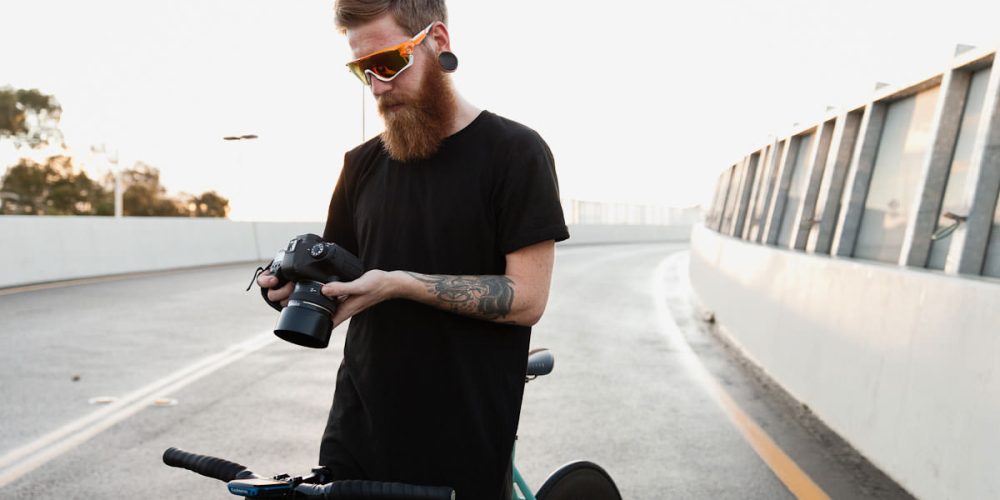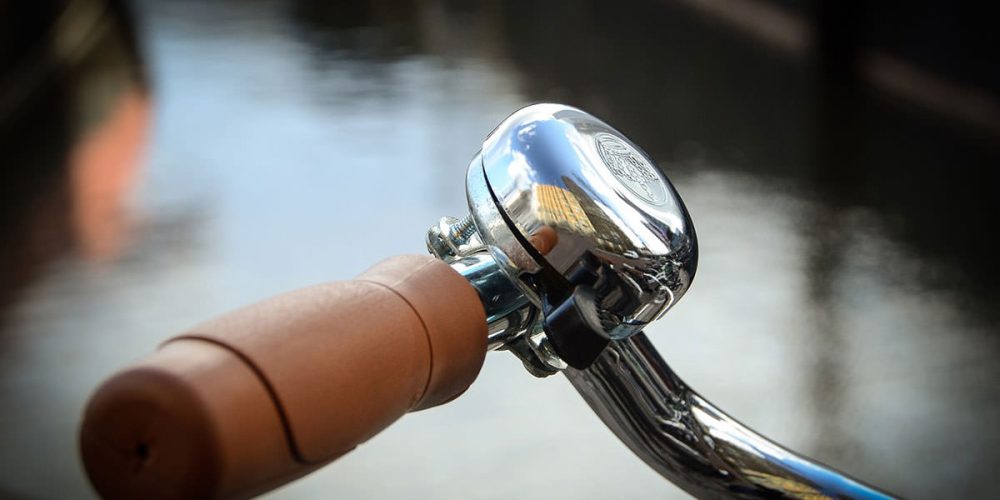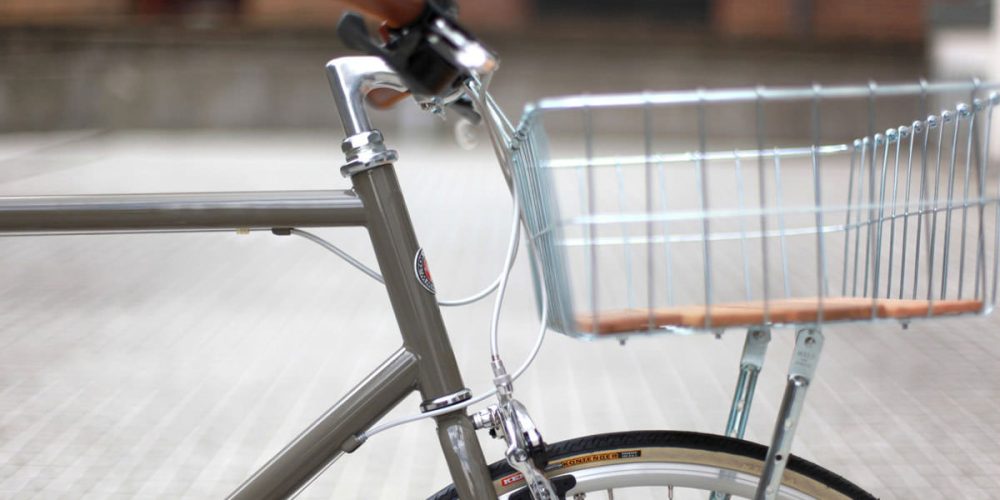- About me
- About us
- Best Selling Products
- Blog Fullwidth
- Blog Grid
- Blog Masonry
- Blog Medium
- Blog Wide
- Booking
- Cart
- Cart
- Checkout
- Checkout
- Contact us
- Default page
- Ecwid Store
- Elements
- FAQ
- Featured Products
- Fullwidth Category
- Homepage 1
- Homepage 2
- Homepage 3
- Icons
- My account
- My Account
- Order Tracking
- Popular Products
- Pricing Table
- Product categories layout test
- Product Detail 1
- Product Detail 2
- Product Extra Option
- Product Extra Option
- Products by ID
- Products by Sku
- Recent Products
- Sale Products
- Sample Page
- Shop
- Shop
- Shop grid
- Shop Grid Left Sidebar
- Shop Grid Right Sidebar
- Shop list
- Shop List Left Sidebar
- Shop List Right Sidebar
- Store
- Test Drive
- Typography
- Under Construction
- Wishlist
How to babysit the bike
3
1450
Store It
I tell everyone to store bike(s) inside. It’s the best way to keep them running and looking like new. And it doesn’t take much in the way of space or supplies. The only item needed is a bike hook. These are shaped like question marks and coated with vinyl so as not to scratch the wheel when you hang the bike on the hook. Install the hook in a stud in a wall or a rafter or beam; anywhere where the bike can hang vertically is fine. I’ve seen bikes stored in stairwells, bathrooms, bedrooms—anyplace you can find dead space is fine. It’s also possible to use two hooks and hang the bike horizontally, one wheel on either hook. It’s not the hanging that saves the bike. It’s keeping the bike out of the environment. You might think it’s okay to leave it on a porch or deck as long as there’s a roof covering it. Don’t make that mistake. Moisture in the air will attack the metal parts on the bike. Especially caustic are areas close to the ocean where the salt in the air will quickly corrode components. You can avoid these hazards by simply storing the bike indoors. If you don’t like the idea of bike hooks in your walls or rafters, consider a bike storage display stand, which your local bicycle shop might stock or can order for you. These provide convenient storage while displaying the bike like a work of art.Baby It
Bikes are tough but you greatly increase the chance of problems and rapid wear if you beat them. It’s much better and you’ll enjoy the riding more, if you learn how to ride smart to protect the bike. The key skill is to learn to constantly scan the road or trail ahead and try to avoid the things that ruin a bike such as potholes, ruts, roots, rocks, glass, oil spots, etc. Some of these things can’t be avoided. And riding off road, you have to ride over obstacles all the time. But there are ways to do it, and still save the bike. Learn to get up off the seat and bend your arms and legs the same way a jockey sits on a racehorse. If you do this every time you spot objects you can’t ride around, you’ll protect the frame, fork, wheels and components. If you enjoy jumping a mountain bike, learn to do so professionally. Good jumpers rarely land hard. They work on their technique so they land softly; you barely hear the impact. Ditto for riding wheelies or hopping over logs and things. The lighter your technique the better chance your bike won’t take a beating. It’ll save you money in replacement parts, greatly reduce the chance of injury, and ensure that your bike keeps running trouble free.Inspect It
All machines wear, and a bike is no different. Expect changes in your equipment if you ride a lot and prevent failures by staying on top of things with weekly or monthly inspections (depending on how much you ride). Scrutinize the brake pads to see if they’ve worn out (most have grooves in them; when the grooves disappear, replace the pads). When the pads shrink from use, you not only lose braking power, the chances of the pad diving into the spokes or striking the tire and popping it increase. Operate the brake and shift lever and look closely at all four cables both at the levers and at the derailleurs and brakes. Also inspect along the frame. If you spot any signs of fraying or rusting or even if you see cracking in the cable housing sections, have the cable and housing replaced by a shop. That’s much better than getting stranded miles from home with no brakes or a bike stuck in a super-hard-to-pedal gear. Check the tightness of key component by putting a wrench on every important bolt and snuggling slightly to see if it has loosened. Check the seat and seatpost bolts; the wheel quick releases; the stem and handlebar bolts; the brake and shift lever bolts; wiggle the spokes to feel for loose ones; tighten clipless pedal screws; and don’t forget bolts holding on accessories, which can loosen too.Bikes designer cycling tour
2
1014
Basic riding techniques (part 1)
2
852
Perfect Your Pedaling
It’s normal to hop on a bike and push down on the pedals. But, if that’s all you do, you’ll never develop a smooth, efficient pedal stroke. Practice this instead: When the pedals reach 3 o’clock on the pedal stroke, pull back with a swiping motion as if you are wiping mud off the bottom of your shoes. You’ll notice an immediate boost in power, especially on hills. And, if you focus on this technique for only a few rides, your pedal stroke will smooth out and become far more efficient. In time, you’ll do it automatically.Palm Protection
Two nerves run through your palms and they can become painfully numb from cycling. In fact, my high-school chum Bruce Holden once lost the feeling in both hands for six weeks after a ride we took into the White Mountain of New Hampshire. What’d he do wrong? He made three serious mistakes: 1 He rode without gloves (always ride with comfortable, nicely padded cycling gloves because they save your hands and also provide palm protection if you crash); 2 He gripped the bars too tightly (relax your grip); and 3 He didn’t move his hands around to different parts of the handlebars (every 10 minutes move your hands and grip in a different place). Avoid these mistakes and you should avoid palm problems.Relax!
One of the most common mistakes is riding while you’re too tight in the upper body. If you see someone riding and you see locked shoulders and straight, stiff arms, you’re looking at someone who’s probably going to have a sore neck and arms at the end of the ride and someone who’s tiring out muscles for no good reason. Relax when you’re riding. Keep nice, loose, bent arms. Drop your shoulders and get comfortable. Train yourself to relax by, every 15 minutes or so, shrugging your shoulders to get them to drop and relax. Bring your elbows down and closer together and shake your arms to relax them. Bend your elbows. Exhale. Think about letting all that tension leave your neck, shoulders and arms. You’ll feel a whole lot better and have a lot more control of your bike if you can learn to ride comfortably like this.Hook Your Thumbs
An important safety measure is always keeping at least one of your thumbs beneath the handlebars. If you can do this, you’ll avoid crashing due to your hands slipping off the bars. This can happen if you hold onto the tops with all your fingers over the handlebars. In this position, if you hit a bump and aren’t prepared, your hands can slip off causing a crash. This common accident can be prevented by simply keeping your thumbs in the right place.Push-up Power!
If you suffer from a sore neck on rides and you’re satisfied with the fit of your bike, you should try adding sets of push-ups to your workout routine. Even if you only do them a few days a week, I think you’ll find that they make your neck pain go away. This happens because the push-ups strengthen the muscles that support the neck, which means they won’t tire on rides and get sore.Groningen: The world’s cycling city
2
800






